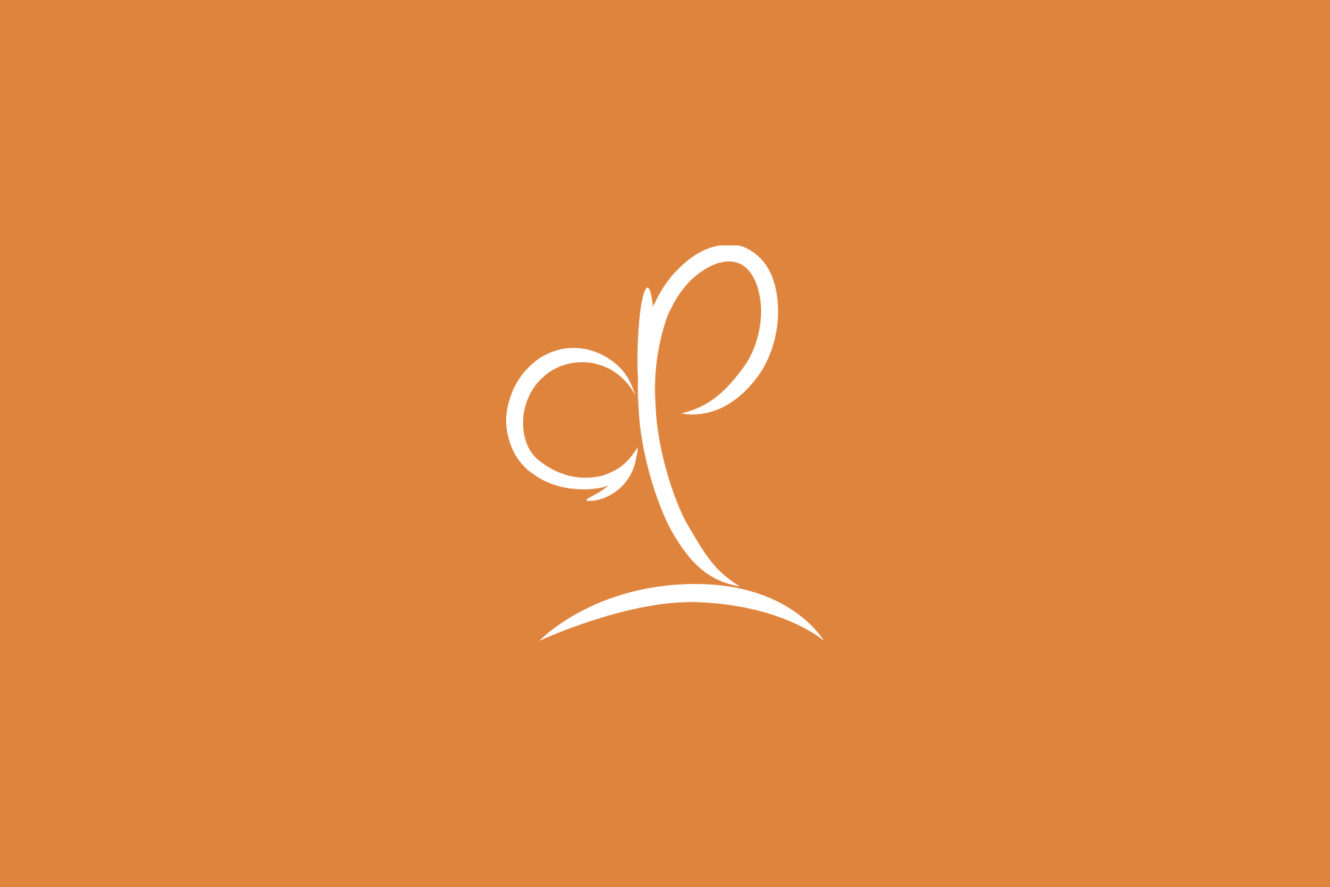The Year of the Dudi Gourd

It was very fruitful year at our allotments. We managed successfully to grow lots of varieties of fruit and vegetables. From more common examples such as carrots, potatoes, leeks and chard, to the more unusual; dudi, Vietnamese mustard, niyemba, couve, amaranth, biteku-teku, sugar cane and many more …
One plant we’re particularly proud of is our dudi, grown from seeds donated by Anton at Sowing the New Seeds at Garden Organic in Ryton.
Those seeds were planted in April and placed in our new polytunnel. The plant has grew over the summer and in August produced lots of white creamy flowers (so delicate looking) followed by the most gorgeous speckled green gourds.
We picked three and are proud to say they won first place for ‘Most Unusual Fruit’ at the Newcastle Allotment Flower Show. We can honestly say that our dudi were the talk of the north east gardening world this summer.
More about the dudi …
Lagenaria siceraria also known as squash, bottle gourd, Laau, Colloquilly Sorakkay, Kaddu, Qara … is grown for its fruit, which can either be harvested young and used as a vegetable, or harvested mature, dried, and used as a bottles, utensils, or as a smoking pipe.
Young shoots and leaves of the vine can also be used as greens and it has been used as main ingredient in curries and stews all across Africa and Asia. Dudies come in a variety of shapes; they can be round and elongated as well as bottle-shaped.
It’s believed that Lagenaria was possibly one of the first cultivated plants in the world, grown not only for food, but for use as a water container. The seed may have been carried around the world in the course of human migration or (as I like to think) by the seeds floating across the oceans inside the gourd.
Dudi have been cultivated in Asia, Europe, Africa and America for thousands of years. Historically, in Europe Walahfrid Strabo (808–849), abbot and poet from Reichenau, advisor to the Carolingian kings, discussed it in his Latin Hortulus as one of the 23 plants of an ideal garden.
As well as food, bottle gourds have been used in making musical instruments all around the world.
Dudi has been used to make the sacred rattle emblematic of the voodoo priesthood, called an asson. As such, the plant is highly respected in the Caribbean.
For this reason dudi is also the national plant of St. Lucia.
Lagenaria are hollowed, dried and used in making the West African kora (a harp-lute) and the goje (a traditional fiddle) as well as shegureh (a Sierra Leonean women’s rattle).
In South Africa, dudi is commonly used as a drinking vessel by tribes such as the Zulus.
Hollowed out and dried, dudis are a typical utensil in households across West Africa. They are used to clean rice, carry water, and as food containers
Some children in Ethiopia wear hats made from bottle gourds to protect them from the sun.
There are many festivals associated with dudies like the Argungu Fishing Festival in the north-western Nigerian state of Kebbi.
Once a year, over four days, thousands of fishermen line up on the riverbank, carrying their traditional nets and gourds. At the sound of a gun, they pound towards the narrow river and leap into the water. They have just one hour to catch the biggest fish.
Bottle gourds have been used as a form of clothing in New Guinea. The Koteka is a phallocrypt or phallocarp traditionally worn by native male inhabitants of some ethnic groups in PNG to cover their genitals. They are normally made from a dried-out gourd, held in place by a small loop of fiber attached to the base of the koteka and placed around the scrotum. There is a secondary loop placed around the chest or abdomen and attached to the main body of the koteka.
It seems Lagenaria siceraria is such an attractive, useful and decorative plant that perhaps it should be grown by more people.
